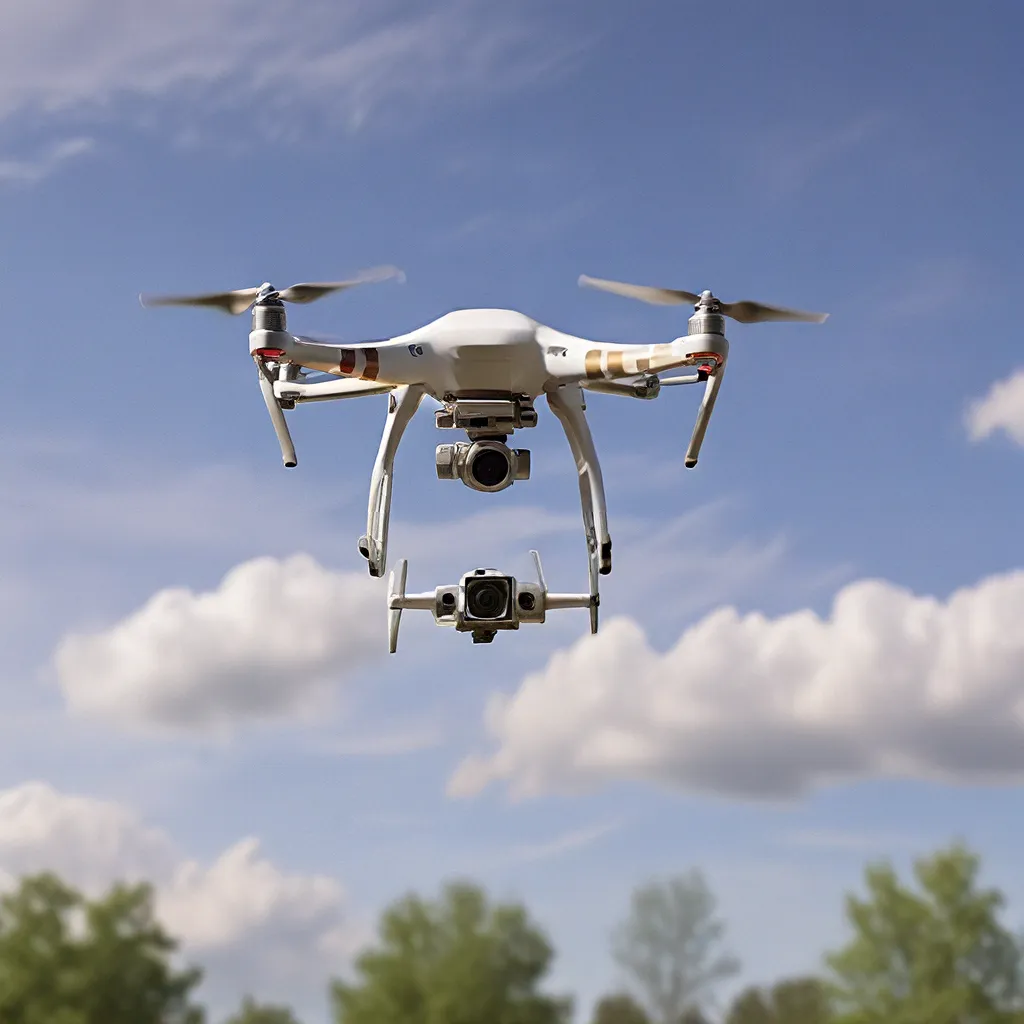
Unlocking the Power of Drones: A Delicate Balance
As a drone enthusiast, I’ve been captivated by the incredible capabilities of these high-tech machines. From enhancing construction site inspections to monitoring agricultural lands, drones are pushing the boundaries of what’s possible. But with great power comes great responsibility, and navigating the complex web of safety regulations and legal requirements is crucial for any drone pilot, whether you’re a seasoned pro or just starting out.
Decoding the Regulatory Landscape
The foundation of safe and effective drone operation begins with a comprehensive understanding of the regulations governing these devices. The Federal Aviation Administration (FAA) plays a pivotal role in the regulation of commercial drone use in the U.S., with their Part 107 rules serving as the primary set of guidelines. These regulations cover everything from pilot certification to operational limitations, ensuring that drone activities don’t pose a risk to public safety or national airspace.
But the regulatory landscape doesn’t stop at the federal level. Local laws can also significantly impact drone operations, with specific areas imposing additional restrictions to protect privacy or prevent disturbances. As a drone pilot, it’s essential to familiarize myself with the laws of the land, both federal and local, to avoid unintended violations.
Obtaining a Part 107 certification is a crucial step for anyone looking to become a commercial drone pilot. This certification demonstrates a comprehensive understanding of airspace rules, safety practices, and operational regulations, ensuring that I’m well-equipped to navigate the skies responsibly. However, certain drone operations may require additional waivers or authorizations, especially when flying in restricted airspace or conducting activities beyond the standard operational limits set by the FAA. Staying up-to-date on the latest regulatory changes and knowing how to navigate the application process is key to maintaining compliance.
Prioritizing Safety in the Skies
Ensuring the safety of both drone operations and the people on the ground is paramount. As I take my drone to the skies, I must adhere to a set of safety protocols designed to minimize risks and protect all involved. Before a drone ever leaves the ground, a series of critical checks and preparations must be conducted to ensure a safe flight.
This begins with a comprehensive risk assessment, identifying potential hazards within the work zone and ensuring the drone is ready to fly. This includes checking the drone’s battery life, making sure all systems are functional, and verifying that the firmware is up-to-date. Additionally, I need to be familiar with the area’s layout, potential obstacles, and the specific tasks the drone will perform. By meticulously planning and preparing for each flight, I can significantly reduce the likelihood of accidents or disruptions.
Maintaining control and situational awareness during flight is also crucial for drone safety. This involves keeping the drone within visual line of sight at all times and avoiding hazardous maneuvers that could lead to collisions or loss of control. I must be acutely aware of my surroundings, respecting no-fly zones and temporary flight restrictions. Furthermore, clear communication with onsite personnel ensures everyone is informed about the drone’s operations, reducing the risk of accidents or misunderstandings.
After the drone has landed, the focus shifts to data handling, equipment maintenance, and storage. Properly managing the data collected during flight is essential, especially when it pertains to privacy concerns or sensitive information. Securely storing and processing this data ensures compliance with regulations and maintains the integrity of the operation. Meanwhile, regular equipment maintenance and careful storage practices prolong the drone’s life and ensure it’s ready for the next mission. These post-flight procedures are crucial steps in maintaining a safe and efficient drone operation within work zones.
Learning from Experience: Lessons Learned
Learning from both successes and failures is key to advancing drone safety in work zones. Let’s explore some real-world examples that shed light on best practices and valuable lessons.
One successful drone operation took place during a construction project in a bustling city. The project manager outsourced a data capture professional to aid in surveying, inspecting, and progress monitoring. Before each flight, the drone pilot conducted thorough pre-flight checks, reviewed the day’s weather conditions, and coordinated with the local aviation authority to notify them of the drone operations. She also used geofencing technology to create a virtual boundary around the operation area, keeping the drone within safe and legal limits.
During the flights, the drone pilot had a designated spotter who assisted her by keeping a visual line of sight with the drone at all times, helping to navigate around obstacles and alerting the pilot to any unforeseen hazards. This teamwork approach ensured that the drone operations were conducted safely and efficiently, with minimal risk of accidents or damage. The construction project benefited immensely from the drone’s capabilities, and the stringent safety practices helped enhance the overall safety of the site’s workforce.
On the flip side, a mishap occurred when a freelance pilot was hired to capture footage of some acreage of a property densely populated with trees. Eager to impress his client and confident in his piloting skills, the drone pilot bypassed several key pre-flight safety checks, underestimating the potential consequences. Moments after takeoff, the flight plan encountered unexpected gusts of wind, and the uncalibrated compass and weakened battery further compromised the drone’s stability. Struggling to maintain control, the drone veered off course and crashed into a tree, causing significant damage.
This incident serves as a sobering reminder that in the world of drone piloting, overconfidence can lead to oversight, and the neglect of safety measures can have serious repercussions. By following best practices and respecting the power of these sophisticated machines, drone pilots can safely navigate the skies, ensuring the integrity of their operations and the safety of the communities around them.
Future Horizons: Embracing Innovation and Regulation
As drone technology continues to evolve, so too will the safety protocols and regulations governing their use in work zones. Staying informed about these changes is crucial for drone operators seeking to maintain compliance and ensure safety.
The future of drone safety in work zones is bright, with innovations in drone technology and regulatory frameworks aimed at enhancing operational safety and efficiency. Advanced sensing and avoidance systems are becoming more prevalent, enabling drones to navigate more safely around obstacles and reduce the risk of collisions. Additionally, the integration of artificial intelligence (AI) and machine learning (ML) technologies is improving the accuracy of risk assessments and operational planning.
On the regulatory front, authorities are exploring new ways to integrate drones into national airspace systems safely. This includes the development of remote identification standards, which will help manage air traffic and enhance safety by making it easier to identify and track drone operations in real-time. As these technologies and regulations come into play, operators must remain vigilant, adapting their practices to stay compliant and safe.
Staying Ahead of the Curve
For drone pilots, staying informed about the latest developments in drone technology and regulations is key to navigating the future of work zone safety. This can involve participating in industry forums, attending training sessions, and closely monitoring announcements from regulatory bodies like the FAA. It is also highly advised that drone pilots actively seek out new certifications and training opportunities, ensuring their skills and knowledge remain at the cutting edge.
By embracing a culture of continuous learning and improvement, data capturers can enhance their own operational safety and contribute to the broader goal of safe and efficient drone integration into work zones. As Kevin Perberg, a fellow drone pilot, wisely shared, “I love to learn and keep up with industry news and best practices. There are so many free resources, but I have also invested in specific pieces of training for more in-depth knowledge.”
Navigating the Skies with Confidence
It’s clear that while the benefits of drone technology are immense, they come with a responsibility to operate these devices with the utmost care and adherence to regulations. From understanding federal and local laws to implementing robust safety protocols and keeping an eye on future developments, every step taken toward safety and compliance not only protects those on the ground but also ensures the sustainable integration of drones into professional landscapes.
As I look to the future of drones, I will continue to prioritize safety, embrace innovation, and work together with my fellow pilots to navigate the ever-evolving skies above our work zones. By doing so, I can ensure that drones remain invaluable tools in our quest for efficiency, productivity, and safety in various industries. So let’s take to the skies with confidence, knowing that we’re not just flying high, but also paving the way for a safer, more innovative future.
Perhaps you’re interested in exploring how Coulson Drones can support your drone operations? I’d be happy to discuss the latest advancements in drone technology and how we can work together to navigate the regulatory landscape and keep your flights safe and compliant.











